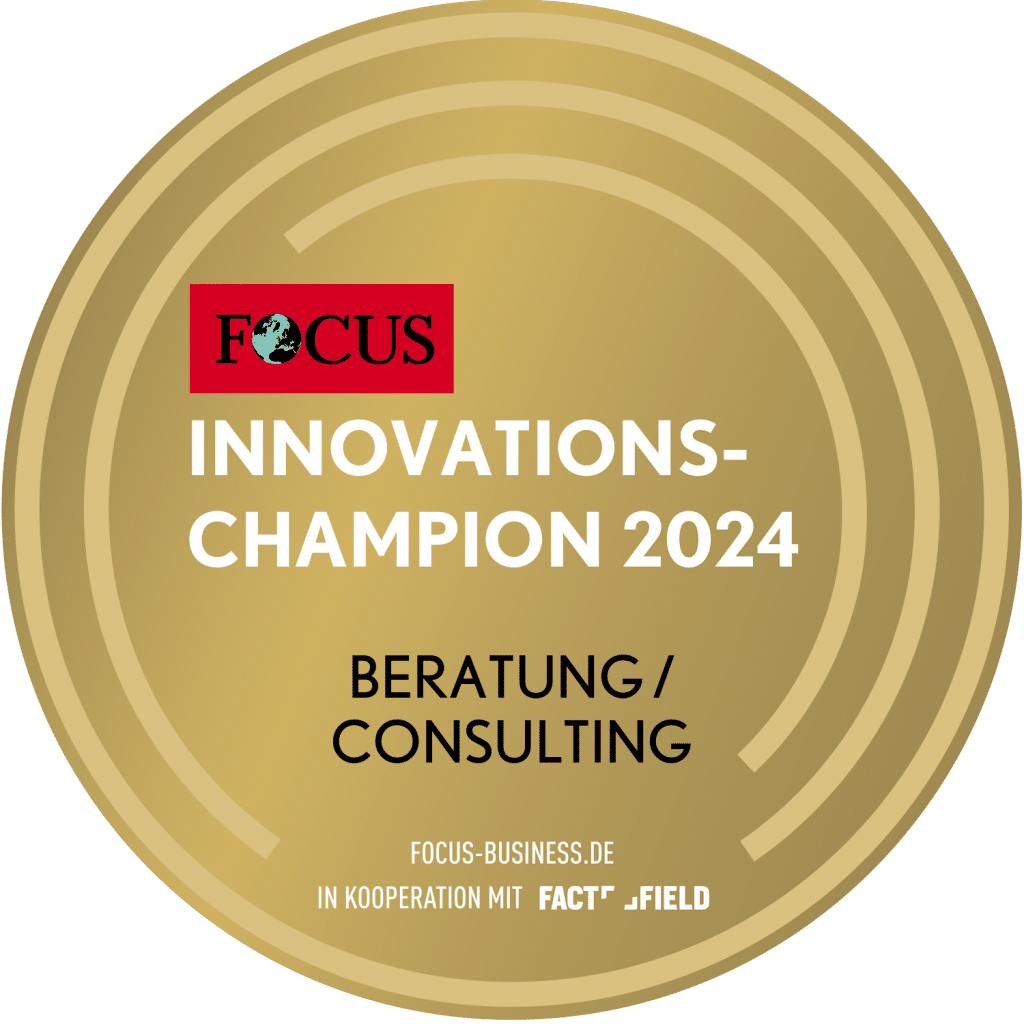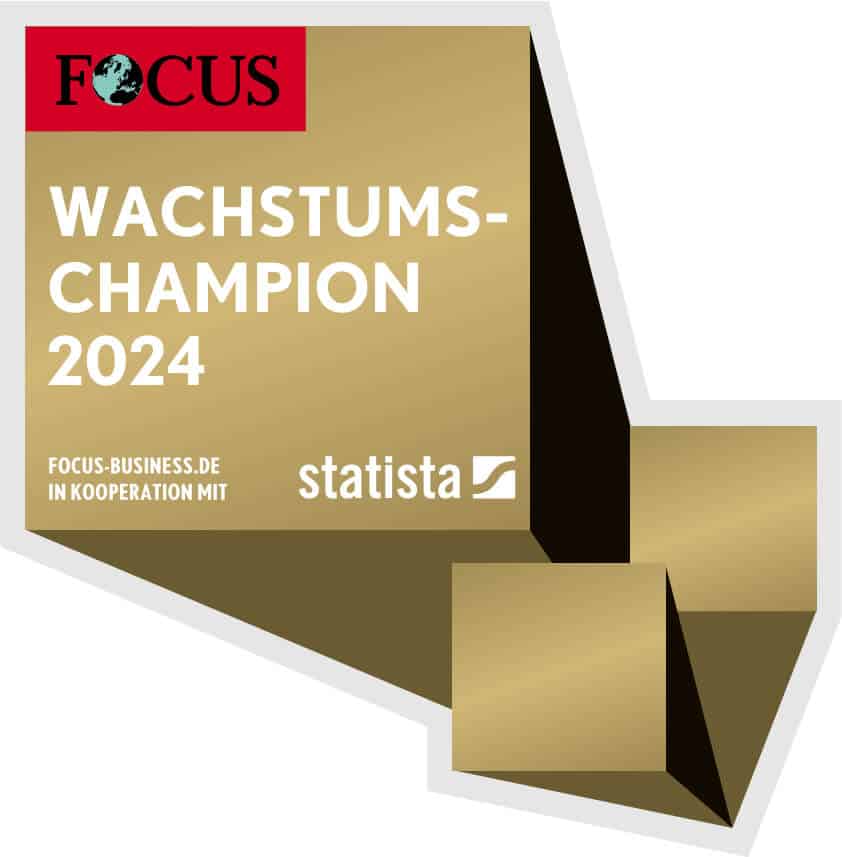Are you one of the successful companies that ensures the availability of the goods and services supplied to your customers with predictive services? Or do you even provide your customers' customers with additional benefits through application optimization and personalized solutions? Read and learn in this and the other TCI blog posts on the subject of Customer Experience (CX) how to proactively manage CX - the experiences of your customers - by understanding and at least fulfilling their expressed and hidden expectations - and thus delighting your customers. After the first part, which deals with the Understanding and meeting customer expectations now comes the second: this is the path ahead for companies that want to successfully provide better customer experiences. This leads via the service maturity levels. The following article will show you what these are in detail and how you can systematically achieve true customer experience excellence.
One negative customer experience is already too many
... Customers will very soon expect a deeply personalized interaction based on predictive technology, and they will be merciless to the retailers who don't master it.
~ Neela Montgomery, Member of the Executive Board Multi Channel Retail, Otto Group Annual Report 2017
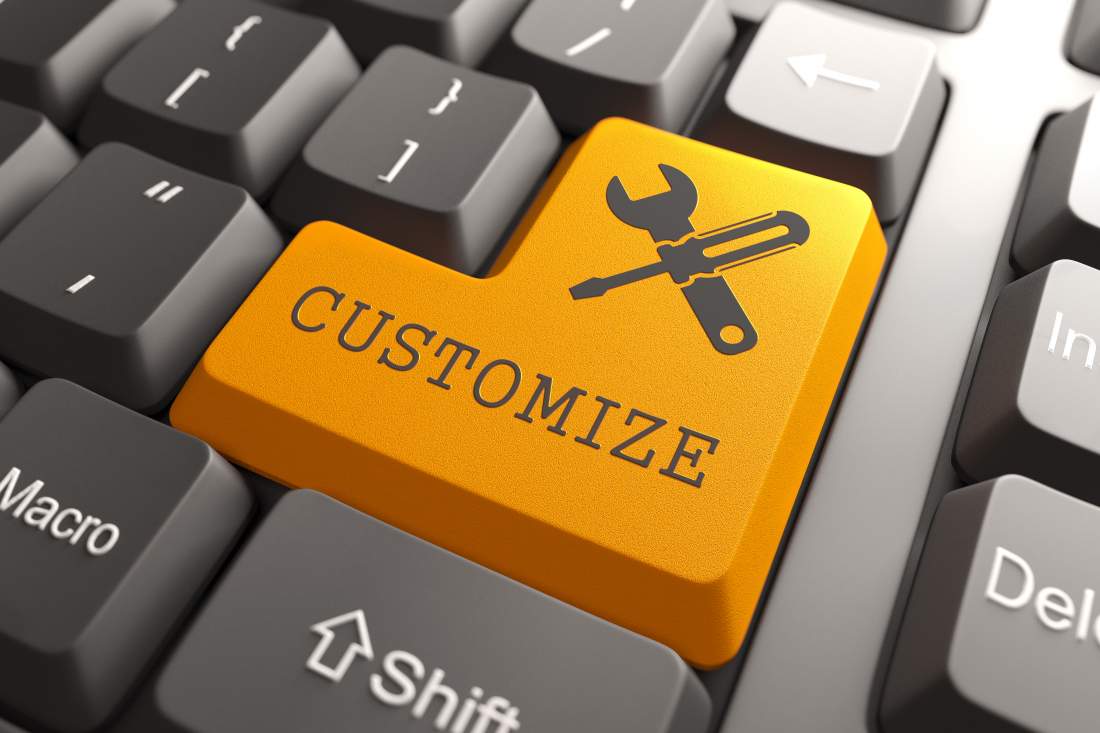
Many companies are still trying to improve customer satisfaction through fast response times and optimized repair times. These companies fail to realize that this type of repair is preceded by an unplanned malfunction or, in the worst case, an unplanned standstill. This is an extremely negative experience for the customer, as this disruption usually occurs when the customer is using or wants to use the goods or services. I have already described the consequences of a negative service experience in the first part of this article illustrated: More than 90 percent of customers question their next purchase decision with a company after a single negative service experience. And: two thirds of customers change their supplier afterwards (2011, Bioinfomatics study). On the other hand, innovative, unique and unexpected solutions with added value will achieve a differentiation of the core service with a personalized benefit for your customers. The formula for this is: customization + servitization.
And: Due to increasing digitalization, the need for Adaptation of business models customer expectations are increasing exponentially. As a result of these changes, differentiation from the competition through the product or core service itself is becoming increasingly difficult. Individual, unique and unexpected solutions are required (USP). In this context, it should be noted that the dynamics of business models are also accelerating at a speed adapted to this change via 'soft' values and individual solutions. Customer service excellence requires the continuous development of service maturity across processes, products and service culture.
The service maturity levels
For companies, this constant striving for customer service excellence also has the advantage that intelligent services not only differentiate them from the competition, but also generate steady, recurring revenue with high profitability.
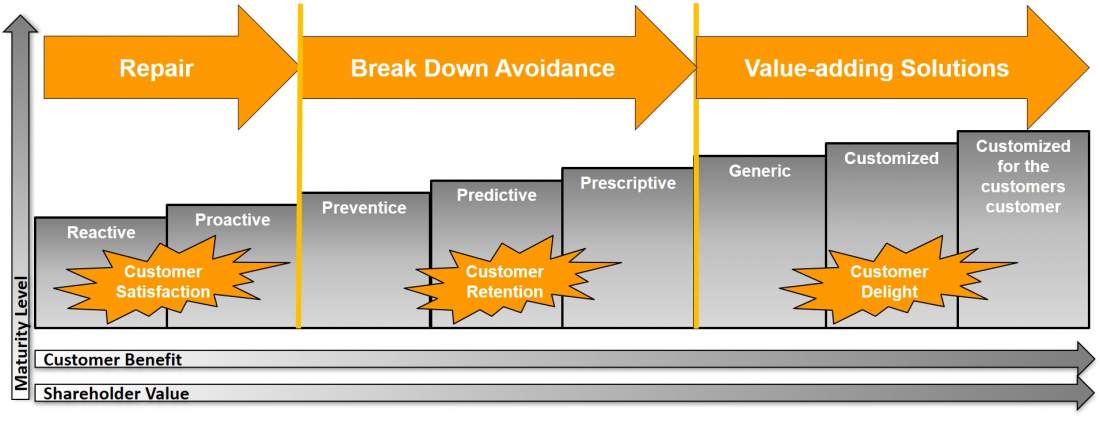
a) Troubleshooting
The reactive repair following a customer complaint is the basic stage of the maturity model: Here, the complaint is made by the customer and the company responds. Prior to this, the company has no knowledge of the fault. For this reason, this usually occurs when the customer uses or wants to use the product or service. Only then does the customer notice the problem. Reactively, the company can only minimize the consequences of the disruption by reacting quickly and restoring unrestricted availability as quickly as possible.
In the next stage, the supplying company receives information about the disruption before the customer does, and can pro-active approach the customer and rectify the problem. However, it remains a fault or error correction. The negative effect of the fault has occurred and can be felt. However, the proactive action means that the impact and therefore the customer's perception is somewhat less negative than in the first stage. As a result, proactive troubleshooting alone usually leads to a significant increase in customer satisfaction.
b) Error prevention
Customer satisfaction only means that the customer is not actively looking for new suppliers. Only loyal customers can be retained in the long term and are also willing to recommend the supplier. This requires measures that address the core need for availability as part of complaint management and go beyond expectations.
In the next maturity stages, measures are taken to actively prevent disruption. In stage three preventivemeasures based on experience are initiated. For example, an unplanned shutdown becomes a planned maintenance measure. However, prevention only reduces the probability of an unplanned fault and does not rule it out: The possibility of an unplanned problem still exists.
Real interference avoidance takes place in stage four via predictive Measures. Predictive means that the measures are based on clearly determined, precise predicted values and optimally include all known and possible causes of malfunctions. With these measures, faults are avoided effectively, in good time and therefore at minimum cost.
The automatic and autonomous fault avoidance that the prescriptive The successful derivation and initiation of system corrections using algorithms via machine learning tools currently represents the highest theoretical level for addressing faults.
Best practice companies have implemented predictive maintenance at least in part. Prescriptive maintenance is still in the development phase. However, in times of exponential digitalization, market-ready implementation can be expected in the near future.
In the mechanical and plant engineering sector in particular, there are still many companies that are predominantly reactive and only take a rudimentary proactive or preventative approach. The challenge for these companies is not to be left behind by the competition, but at the same time to keep an eye on feasibility.
c) Value-enhancing solutions
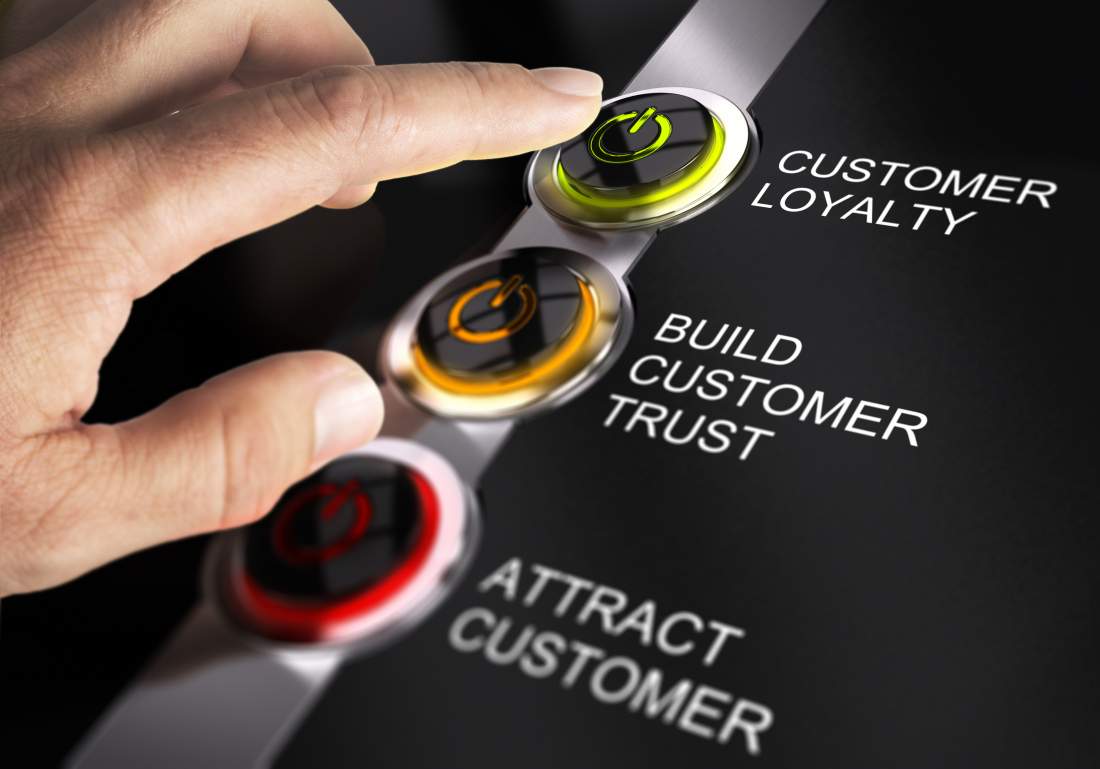
Optimized complaint management improves customer satisfaction - and above all customer loyalty - from level to level. However, genuine customer enthusiasm requires value-enhancing solutions that go beyond the stated expectations. Solutions with added value must be developed that first identify and then fulfill unspoken, hidden expectations. This is the only way to achieve customer enthusiasm and thus lasting customer loyalty. These solutions can initially be generically applicable to all customers. For a sustainable customer experience, however, solutions must be personalized, i.e. customized - initially only for the direct customer, but later also for the customer's customer.
From level two onwards, digitalization is increasingly required in order to obtain the necessary information about, for example IoT tools.
The increasing level of maturity not only increases customer benefits, i.e. away from complaints and disruptions towards benefits and availability. Rather, the company benefit itself also increases: away from order losses due to customer dissatisfaction towards, firstly, more turnover and profit through valuable solutions and, secondly, more differentiation from the competition!
The underestimated challenge behind customer service excellence
Where do the companies in your market stand? And where do you stand with your company? And where do we go from here? We recently followed a discussion on the Internet between three colleagues who were discussing what the 'Megatrends in service in 2018'. The following were named:
- Augmented reality
- Deep learning or machine learning
- Block Chain.
Judging by the large number of publications in the recent past, one tends to spontaneously agree with this view. At the same time, however, we recognize from discussions with managers and those responsible for service at medium-sized companies in the mechanical and plant engineering sector that the reality of service does not yet meet these demands. The digital transformation only takes place to a rudimentary extent in service and there are still order reports on paper with several carbon copies. Instead of developing and selling personalized and value-adding solutions for the customer, growth in service is sought through spare parts sales. For these companies, the focus is on rectifying faults as quickly as possible - and they only focus on the customer experience in terms of fault prevention or innovative solutions with added value for their customers to a rudimentary degree.
Further discussions, opinions and analyses confirm that these examples are no exception. Many companies have not yet started to develop this level of maturity or are only just beginning to implement it. A huge opportunity for these companies to gain a competitive edge - especially as a competitive edge can hardly be achieved with products, or only for a limited period of time. In addition, successful companies prove that value-enhancing service solutions can not only retain customers in the long term, but also generate consistent sales with high profitability.
The customer's perception is your reality.
~ Kate Zabriskie, President Business Training Works
Service Maturity is your opportunity

Customer focus and service orientation generates competitive advantages, customer loyalty and therefore profitable growth. Are you already one of the successful companies that are taking advantage of these opportunities offered by customer-oriented business models? Or would you like to make greater use of these opportunities to increase growth and profitability in the future?
We would like to invite you to discuss with us how you can make the most of this opportunity. We are available for an initial, non-binding discussion at your premises. Make an appointment with us.
Or come to our symposium "Service 4.0 - Digitalization drives Customer Service Excellence" on 17 September 2018 at the Schlosshotel Monrepos in Ludwigsburg. Our invitation-only event for managers who recognize the requirements and challenges of customer centricity in the face of increasing digitalization and want to successfully address them in their company. Further information can be found directly on the TCI news page and in the event flyer.
(Cover image: © everything possible | shutterstock.com)

